Blog
Spirited Away: 10 Mysterious Japanese Folklores That Inspired The Anime

Spirited Away is a popular Japanese animated movie, or anime film, that was inspired by folklore. Which ones, though?
This Oscar winning anime created waves internationally, and rightfully so. The movie, which was heavily inspired by Japanese folklore, mythology and Shinto-Buddhist legends, had a lot to offer to Western audiences who were exposed to such concepts for the first time.
Right from the symbolism of the bathhouse to Miyazaki’s commentary on Japan’s dwindling cultural values, here are 10 Japanese folklore that inspired this classic.
10. The Concept Of Kamikakushi

Kamikakushi literally means “hidden by Kami” and this is a belief among Japanese people that whenever a god is angry with humans, they take a person away from the human world. The mysterious disappearance or death of people is a theme that can be found abundantly in Japanese folklore. One prime example of this would be the Yokai Kappa, who kidnaps children residing near rivers, and then eating them whole.
This theme is relevant in modern society as well (as shown in the anime), where children are kidnapped and never seen again, has become more of a reality than ever before.
9. Ubasute

This is another Japanese notion, albeit a very sexist one, where old women who were unable to fend for themselves used to be taken to faraway places and left there. Why? Simply because they were consuming important food rations that was better spent on the more healthy members of the family.
Ubasute, literally means “abandoning old women,” and, even today, Japan has a mountain called Ubasute-yama. This is a sad remnant of its cultural history. Its connection with the movie is explained in the next point.
8. Yubaba The Witch

Yubaba is actually Miyazaki’s interpretation of the Yama-uba mountain, where witches had made their homes. These witches were women who were either abandoned by their families, or accused of committing serious crimes. With the passage of time, these women were said to grow horns and sharp teeth and became evil witches.
Yubaba taking away people’s name is an indication of her ability to practice dark magic, as is her ability to turn into a monstrous bird.
7. Yubaba’s Renaming Of Chihiro

As soon as Chihiro enters into a work contract with Yubaba, her name is taken away. The witch comes up with an employment contract, which the little girl signs. As soon as she does so, her name Chihiro is taken away and she’s given a new name – Sen, which is interestingly written in Chinese. That name means “one thousand.”
This act is symbolic of Japan’s history of how it treated its prostitutes – as nameless women whose only function was to pleasure their male customers (represented by the male deities who visited the bathhouse).
6. No Face And The Concept Of Makoto

The most interesting spirit from the movie was undoubtedly No Face, who fans have theorized is not any specific spirit, but a summation of all of them. It hides behind a mask of pathos and can be both good and bad, depending on the circumstances.
It consumes the desires of others but is forever lonely. Thanks to Miyazaki’s belief in the concept of Makoto (having a sincere heart), No Face is provided redemption and even a new found friend in the little Chihiro.
5. Boh Is Inspired From Kintaro

Boh, the mammoth sized child of Yubaba, was inspired by the Japanese folk hero Kintaro. He is described to be raised by a witch mother on the Ashigara mountain, and his popularity is such that even today Kintaro dolls are used on the Japanese Boy’s Day, praying to him to provide their sons with the same strength as his.
It is said that Sakata Kintoki was the real life inspiration behind the folk hero Kintato, who probably had his home in Kanagawa.
4. Oshira Sama, The Radish Spirit

The over-sized, anthropomorphic radish spirit in the anime isn’t an exact version of any existing spirit. It was actually inspired by the Oshira-sama dolls, which are a deeply ingrained part of Japanese folklore. These dolls always come in pairs – one is shaped like a horse, and one is shaped like a woman. They’re inspired from the legend of Tamaya-Gozen, and are today considered an agricultural spirit in Tohoku (the northern half of Honshu).
The spirit looking like a radish was nothing but a touch of creativity on Miyazaki’s end.
3. Mizuchi The Dragon

Haku is shown to be a water dragon known as Mizuchi. Contrary to how he was portrayed in the anime, the origins of the water dragons are a lot scarier. A legend going back as far as seven centuries in Japan calls mizuchi a snake like dragon that was venomous in nature.
RELATED: Spirited Away: Which Character Are You Based On Your Myers-Briggs Type?
It terrorized humans till a brave warrior named Agatamori defeated it.
2. Shikigami Aka The Paper Birds

A swarm of paper birds chasing you is scary in itself, because of all the paper cuts they can give you. Jokes aside, these birds in the anime were spirits that simply took the form of paper birds. They’re called Shikigami and traditionally speaking, Japanese folklore have them doing nothing much except sitting and sometimes, staring at people with eyeless faces.
Interestingly, the stories about Shikigami originated from an older Japanese form of magic called Onmyodo. The people who practiced it were called Onmyoji and were said to have power over the Shikigami spirits.
1. The Nameless River Spirit

The River spirit is initially shown to be a dirty and “stinky” spirit that everybody avoided so much to the point that they didn’t even remember who it was. It was only after Chihiro cleaned it, that people realized its true nature.
The Japanese water spirit is called a kappa, and it has a green colored humanoid form. They are usually shown as troublemakers, but Miyazaki spun his own twist in his movie on the portrayal of water spirits, and also made an excellent commentary on how human pollution is affecting everyone in nature.
One thought on “Spirited Away: 10 Mysterious Japanese Folklores That Inspired The Anime”
Leave a Reply
You must be logged in to post a comment.

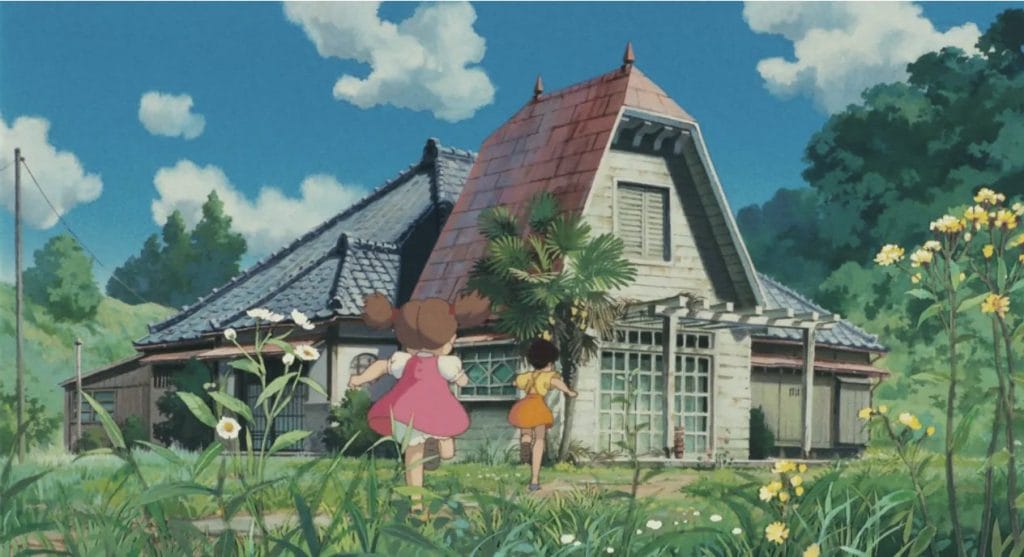

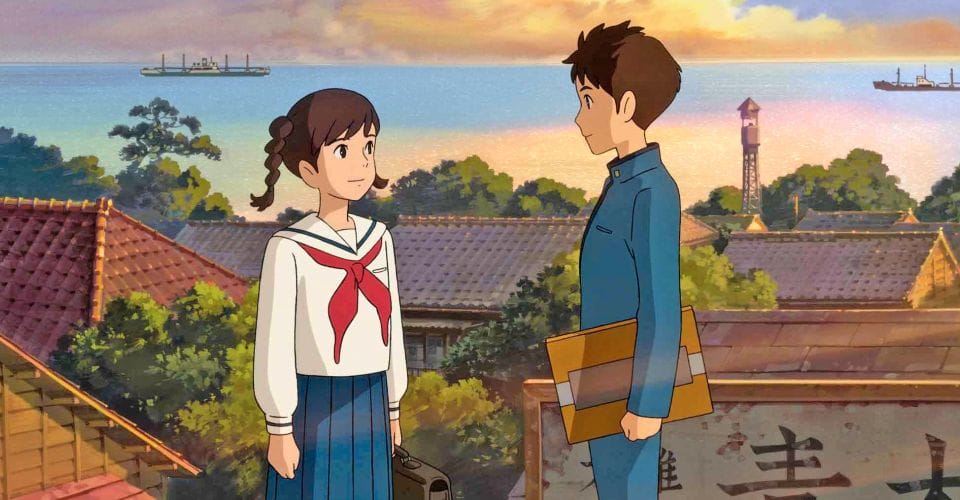

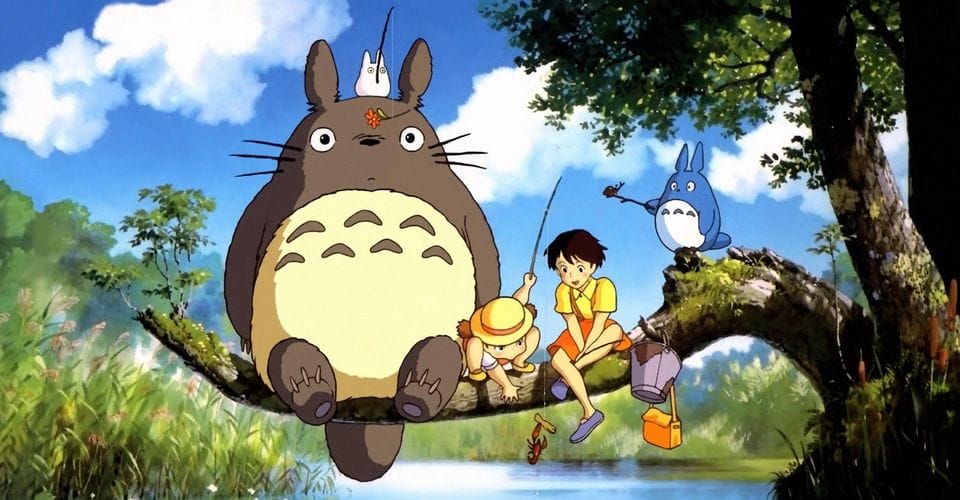


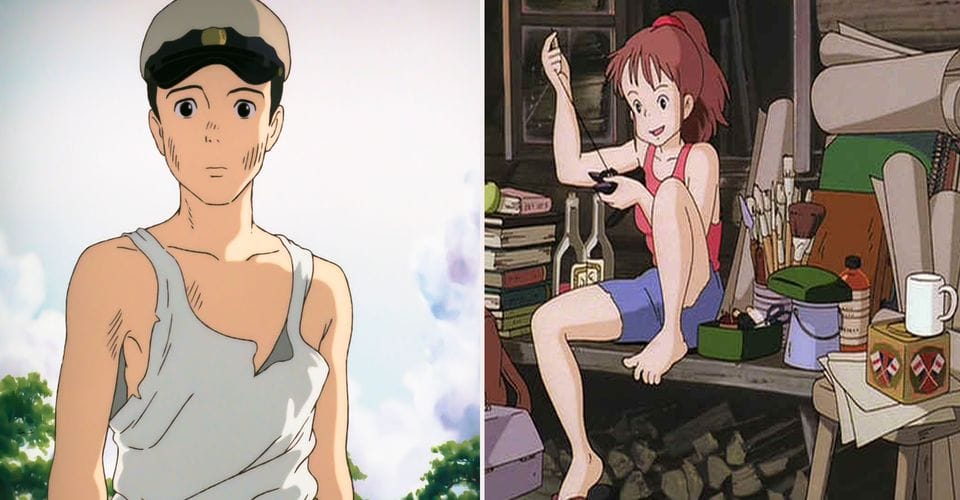
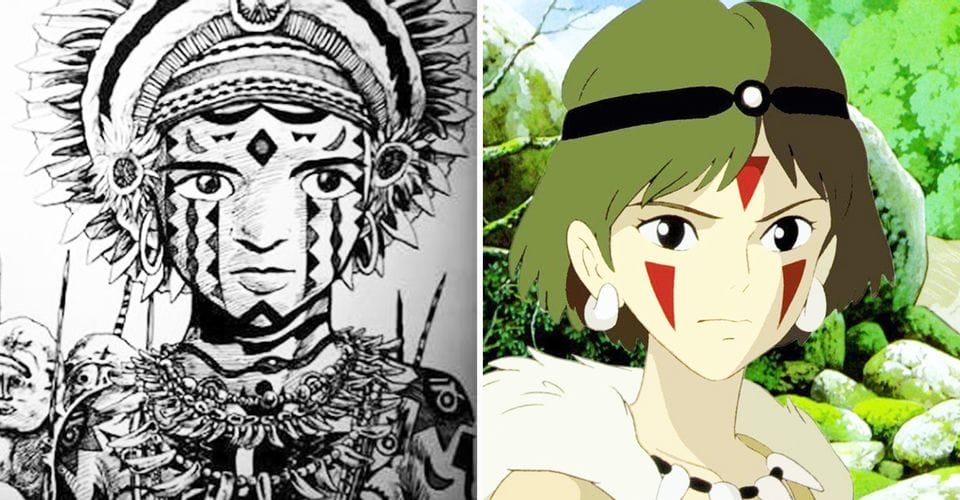
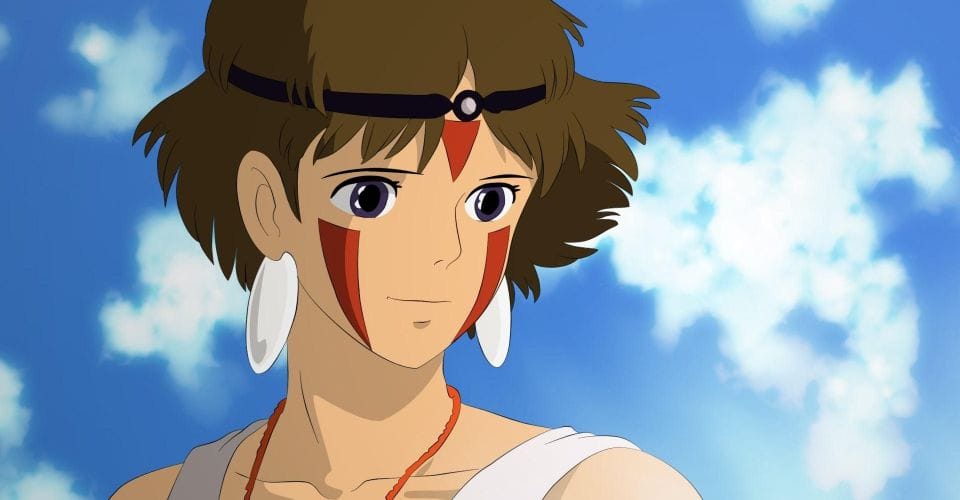
“Sen, which is interestingly written in Chinese.” Chinese and Japanese both use kanji/hanzi (漢字). 千 is the same in Chinese and Japanese, only the pronunciation is different. So, considering the whole movie is Japanese, and it uses the Japanese pronunciation, I think it’s safe to say it’s just Japanese and not Chinese.